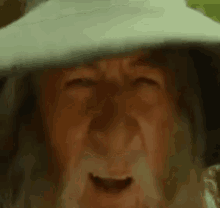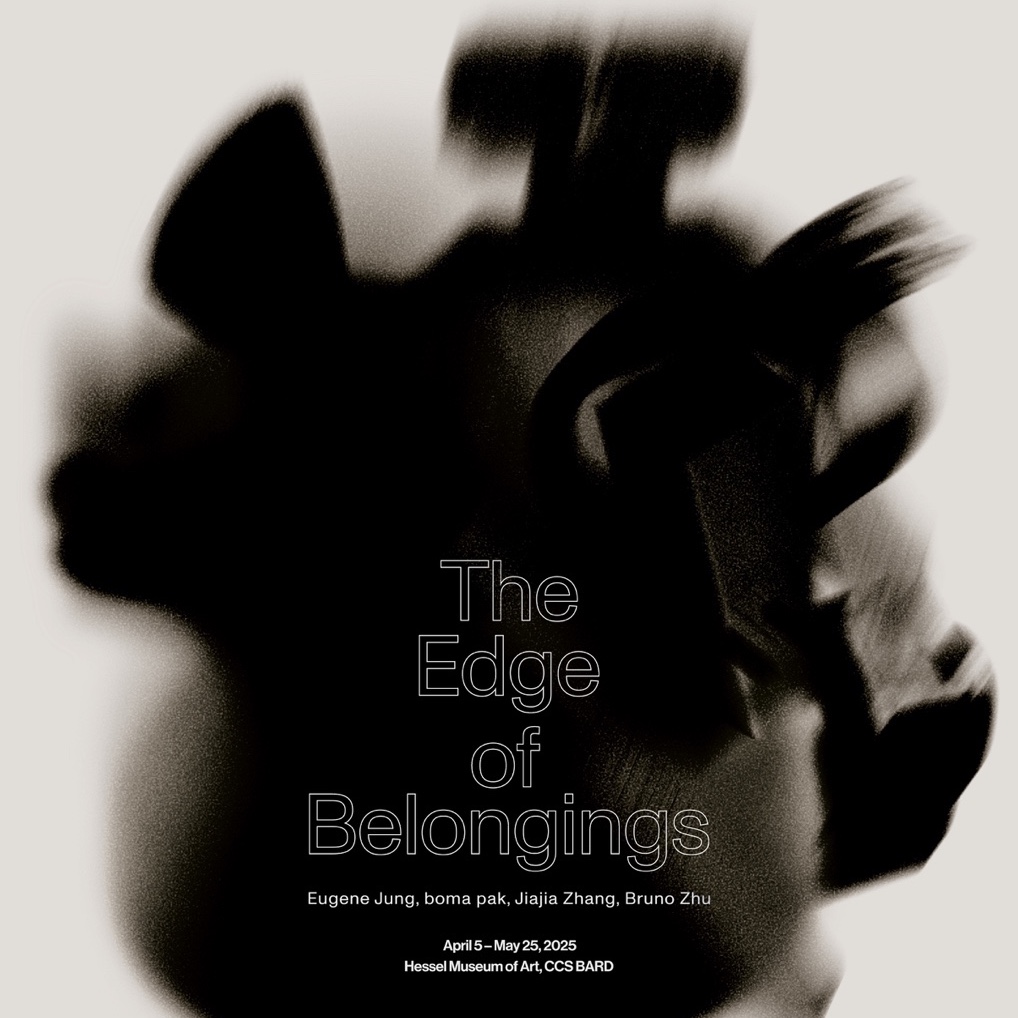Hyo Gyoung Jeon
Eugene Jung is a person who likes ruins. She repeatedly collects images of ruins and reproduces them with her own hands. She even uses a sort of wit while creating the shape of hopelessness and frustration. How can you explain the artist’s satisfaction while looking at the devastated and collapsed place? In general, many kinds of urban development produce, build on, and construct things that didn’t already exist. And some people who oppose this for various reasons demolish and destroy what has been built and erected. If she wanted to bring such a destroyed form into the exhibition space, she might have been able to do so simply by bringing things from construction sites or dumpsters into the space. However, instead of showing what was destroyed as it is, Eugene Jung re-builds the crumbled shape and fabricates the collapsed form with her own hands.
In creating structures, Eugene Jung focuses on developing the fantasy of ruins rather than being interested in perfecting a sculpture. She drily brings only the necessary elements to achieve the fantasy while economically using the elements. The artist often uses cartoonish rhetoric. As in cartoons, a fragment of a long narrative is brought rather than the shorter narratives unfolding in a longer breath, and the objects are reproduced by using a cartoonish tone as a visual element as if looking into a page of a cut cartoon. These are constructed in a variety of ways.
Shattered in front of the museumhead building is a Styrofoam sculpture in the form of a broken globe. Almost without exception, large spherical objects are erected at the entrances of amusement parks. They use clean spherical objects to symbolize world peace or utopia in a simple way. It is a representative symbol that helps amusement park users to form a fantasy about the place from the entrance. At the entrance of the exhibition space, Eugene Jung uses Styrofoam, a relatively non-hard material, to create crushed shapes, and spreads these pieces as if tossing them over the water. It is as if she shattered world peace into pieces and threw it at once into the open sea in the narrative of ruins fantasy she created. This is where the artist’s fantasy of ruins begins. In other words, it may mean unraveling a fictional narrative about the ruins, but it also literally means the artist’s fancy for the ruins.
Pieces of H-beam, a material used for steel structure when constructing a building, are placed in the exhibition space in cut-off shapes. They are laid out as fragments of an H-beam that were broken into pieces by rough force after a building was demolished. These fragments are repeatedly shown in several places. They are made of paper and have crumpled corners that should have been sharp and solid. Also they are painted with rusty paint to express the texture, creating a shape that seemed to have been neglected for a long time. The end of the structure is shredded into several strands, so you can tell at a glance that the cross-section inside the object is paper. Also, the abruptly chopped end while reproducing the iron material reveals sufficient clues to show the artist’s cartoonish rhetoric.
Two-panel Observatory(2022), which makes you look through the broken windows, is a representation of a structure made to view far ahead from a high elevation. The window is broken due to an external attack or natural disaster, but the scorched edge of the window frame looks like a burnt residue after a fire. Even if the artist referred to a specific real situation to reproduce this, it seems to have embodied the object in the artist’s fantasy of ruins, given the typical shape of the bombed observatory. Located next to it, Sapporo Snow Box(2021) represents the snow-covered boxes the artist witnessed in Sapporo. It is a fragmentary collection of the moment the artist had observed. Although it represents a specific situation, it does not create a panoramic view of the location where the situation was captured or explain the circumstances before and after the particular moment. The artist brings together disjointed objects or parts of a structure that can be seen at a particular place in fragments.
As mentioned earlier, Eugene Jung combines the evidence of the ruins that she has collected with various representations. Then she constructs a fantasy of ruins using the landscape created in this way. The simulacrum that Baudelillar spoke of was a projection of the desire for a non-existent utopia of an amusement park fabricated around a capitalist structure, but the fantasy weaved by Eugene Jung is more of a gesture of defending negative values out of the blue. She even seems to romanticize it in her own way, representing the ruins using the symbols she has built up. One thing to point out is that Eugene Jung is conscious of the sense of distance, assuming the limit of her empathy for any referred events. It is difficult to react as an outsider to an event one has not experienced directly. However, I would like to note that the person is in a state of staring at the ruins more than anything else, rather than judging the depth of empathy the person has for the object. This is not an emotional reaction, and it is perhaps a decision that has nothing to do with being sincere.
In building the ruins that are a symbol of failure, the artist makes decidedly efficient choices. This is because her objects act like a sign indicating meanings without excessive emotional and symbolic clutter. As can be seen from the exhibition title RUN, although ‘Run’ is a word implying a certain urgency and desperation, in the exhibition, the word serves as a mere symbol, like emoticons. Viewing the exhibition, you do not feel the emotional agitation that you actually have to run away. Each work introduced in the exhibition space exists as a combination of signs, and when you walk out of the space, the words indicated by the visual signs are interweaved.
What do we do after the ambition to achieve the futility of the ruins fantasy reaches its goal? If the goal of her artistic practice is towards the presentation of failure, what does the success of that work mean? When all we are left with is ruins, staring at them and reproducing them may be a natural reflex action for the artist. Perhaps it is only when achieved the nothingness that one can properly gaze into the existence of the agent. In a place where there is nothing left, wouldn’t it be possible to find an answer to the question of how to exist even if you don’t know the direction for the next step?



